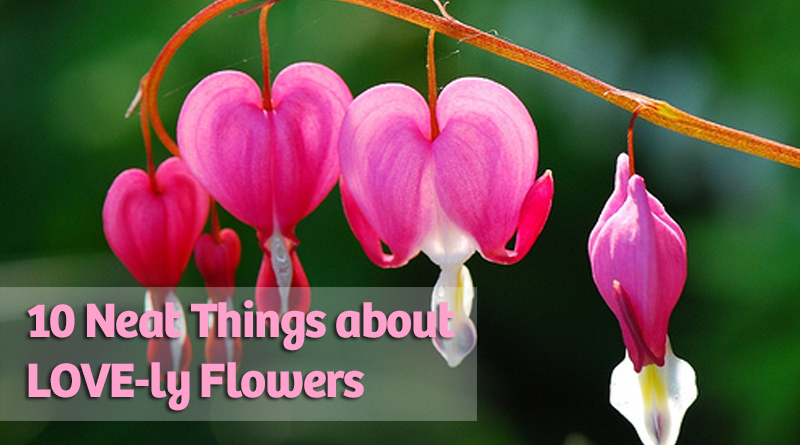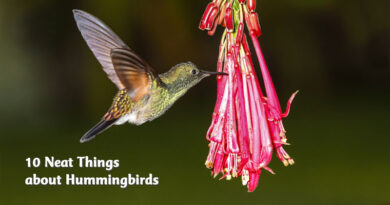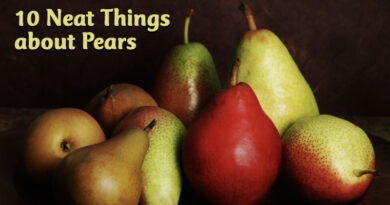About Love-ly flowers

1. Love in a mist. (Nigella.)
This freely self-sowing, cheery annual takes its romantic love name from the airy, lacy bracts that surround the flower. It is also sometimes called devil in a bush. Do you suppose it was renamed by someone after sober second thought?
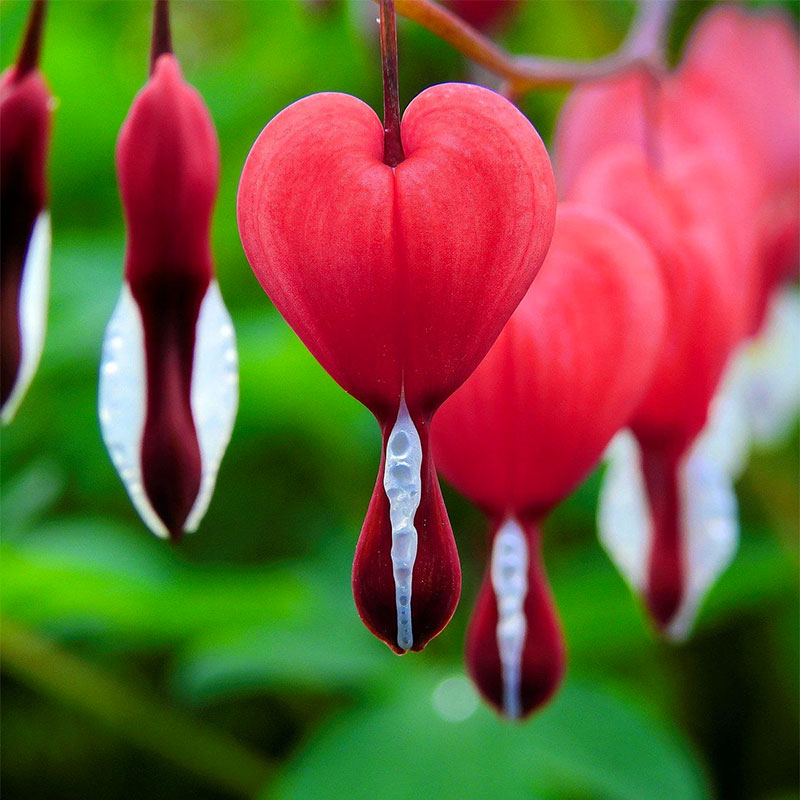
2. Bleeding hearts. (Dicentra.)
In the Middle Ages, herbalists believed in the “Doctrine of Signatures”, which is the idea that an object that looks like something has useful relevance to that something. For instance, lungwort – which was thought to look like lungs – was used to treat disorders of the lungs. This theory doubtless led to a few poisonings and mistreated illnesses. Astonishingly though, bleeding heart, whose flowers are heart-shaped, is the source of digoxin, the life-saving heart medicine.

3. Roses.
What do you think sweetheart roses are? It seems the name was originally applied specifically to polyanthus roses, the class that bloom prolifically in sprays and was first introduced in France in the late 19th century; ‘The Fairy’ is a very popular polyanthus in gardens today. Contemporary florists, though, seem to call any rose “sweetheart” for love and flowers day, Valentine’s Day.
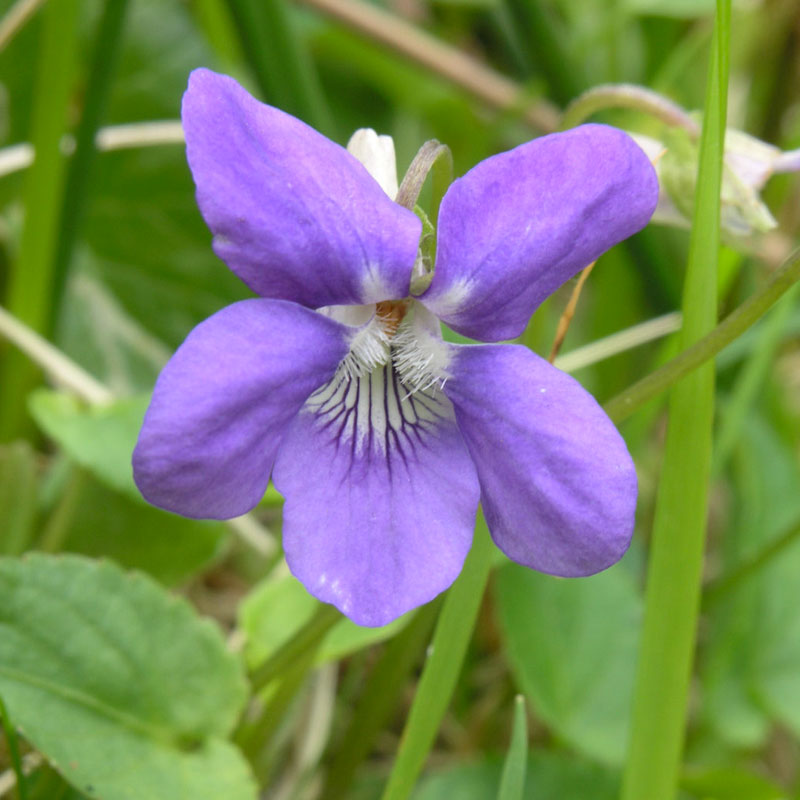
4. Violets.
Roses are red and violets are blue, eh? Many gardeners who’ve planted Viola odorata, the sweet violets referred to in the verse, have sworn a blue streak trying to eradicate this invasive exotic from their borders and lawns. Forgive the wretched poet who associated violets with love; he needed something blue to rhyme with “you”, and corydalis just didn’t fit.
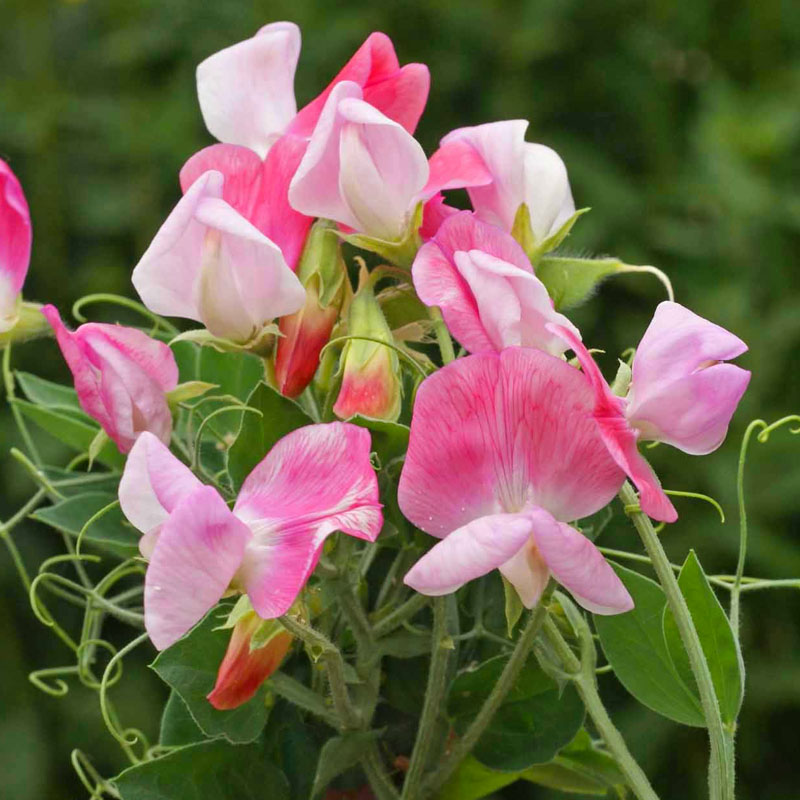
5. Sweet pea.
The ornamental sweet pea, Lathyrus odoratus, is sweet of smell but must not be eaten by humans or livestock: it is toxic. Ingestion of enough sweet pea material will lead to a disease known as odoratism, characterized by paralysis of the legs. Although the symptoms sound a little like love sickness, I don’t think that’s what inspires the young romantic to call his darling “Sweet Pea”.

6. Heartsease.
This is an old-fashioned but romantic name for the little species pansy botanically known as Viola tricolor. Today, the cultivars are often called Johnny jump-ups. In Shakespeare’s A Midsummer Night’s Dream, Oberon uses the juice of heartsease (which he calls love-in-idleness) as the love potion that starts that the whole merry mix-up of love triangles.
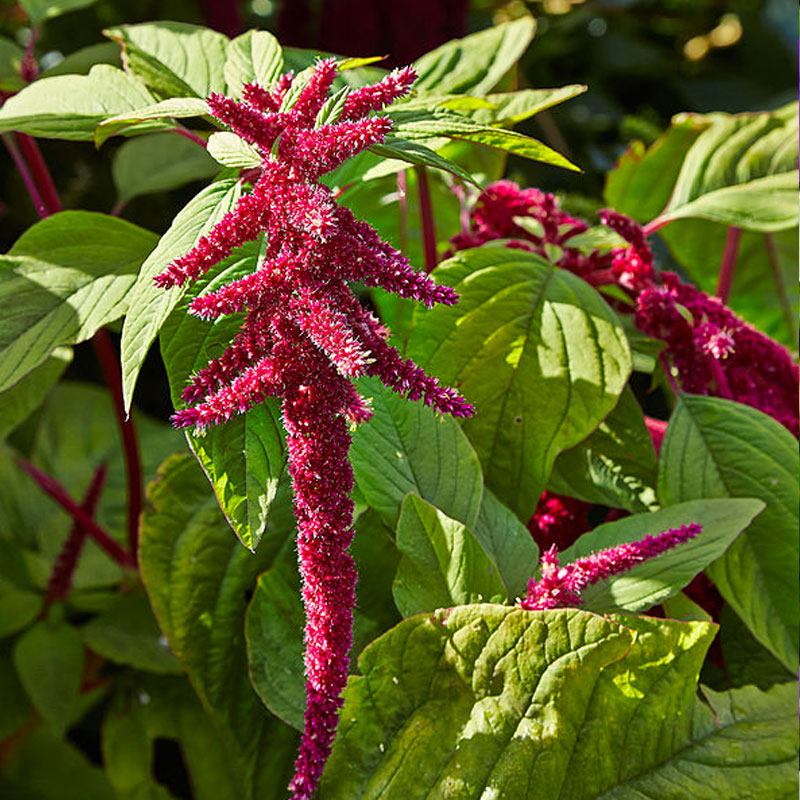
7. Love lies bleeding.
You cannot have romantic love without suffering, and the traditional name of a flower, Amaranth caudatus fills the bill. Popular in Victorian gardens, the plant is making a comeback owing to its strange and arresting form. In addition to being an interesting ornamental, it is a pseudocereal – a plant that produces food grain but is not a grass. It may become a very important food plant in the future because it is drought tolerant and is 30 per cent higher in protein than rice, wheat, oats and rye.
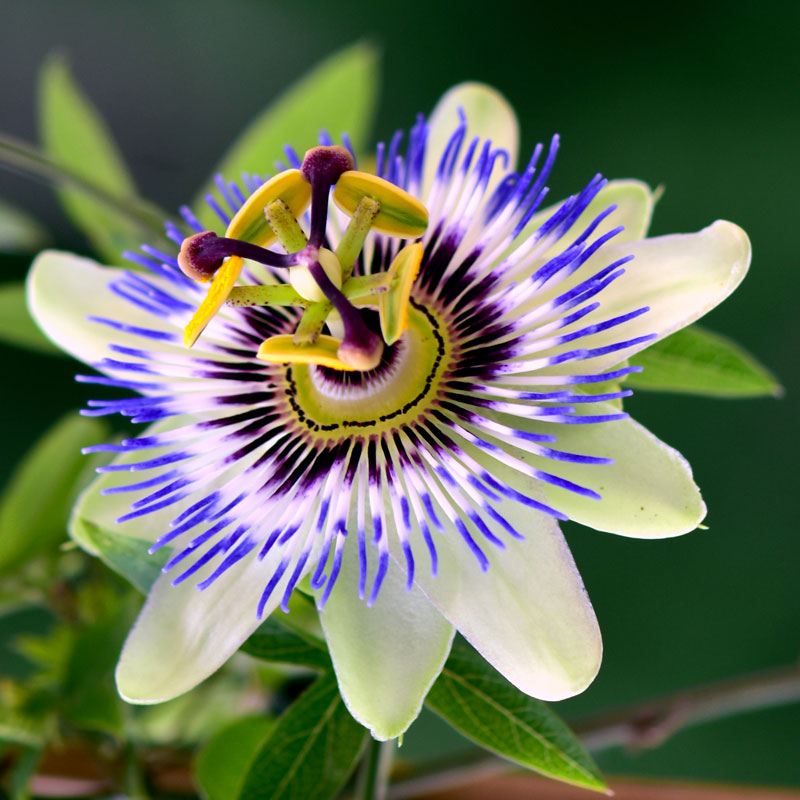
8. Passionflower. (Passiflora.)
Before you get all excited, you need to know that “passion” refers to the passion of Christ, not … well, not the passion of Valentine’s Day. These exotic sub-tropical plants, which you can grow as a balcony plant (though you’re unlikely to ever see fruit), were the subject of analysis by 16th-century Spanish missionaries. They determined that the flower’s 10 petals and sepals represent the 10 apostles, the tendrils that help the vine to climb represent whips used in the flagellation, the three stigmata represent the three nails used in the crucifixion and the five anthers represent the five wounds. So, if you want to send someone a lascivious message by sending a passionflower, make sure the recipient isn’t a historical botanist!
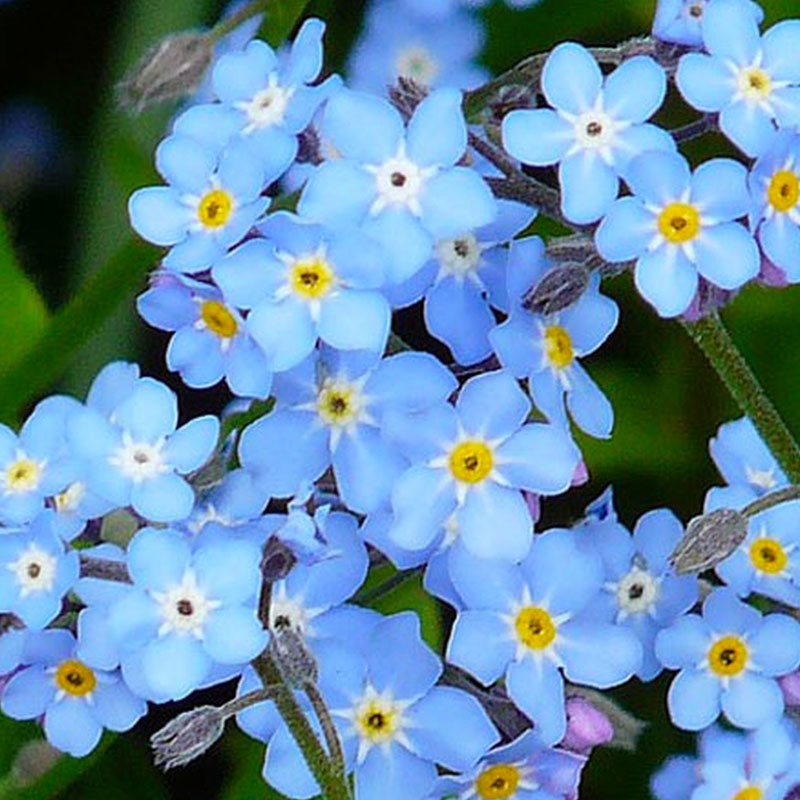
9. Forget-me-not. (Myosotis.)
These darling blue posies of spring are considered invasive by some – probably folks who’ve never done battle with goutweed or a more determined foe. Forget-me-nots pop up early in the season then disappear without stealing any thunder or space from other ornamentals, but should you want to eradicate them it isn’t too hard. As annuals, you just have to make sure you get them out before they set seeds. The seeds are contained in little capsules along the stems, which will hitch a ride on your shoes or pant cuffs as you pass in hopes of setting out to see the world.
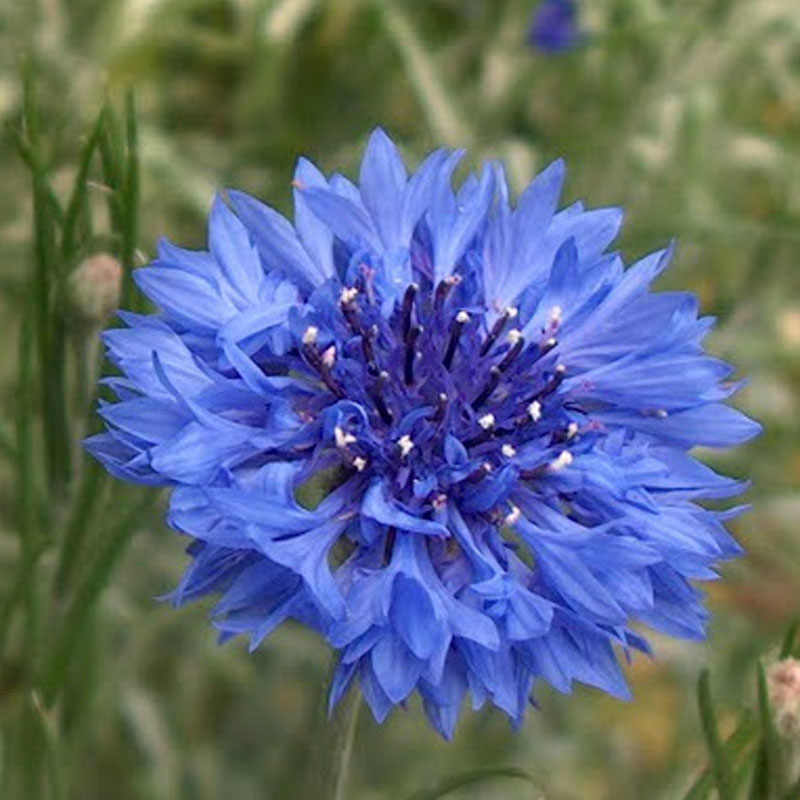
10. Bachelor’s button. (Centaurea cyanus.)
Some people call these cornflowers because they had a tendency to infiltrate crops in their native Europe in the age before pesticides. In Victorian floral codes, a bachelor’s button indicated celibacy, perhaps stemming from the German blaue blume of Romanticism where the blue flower is a core symbol of yearning.

